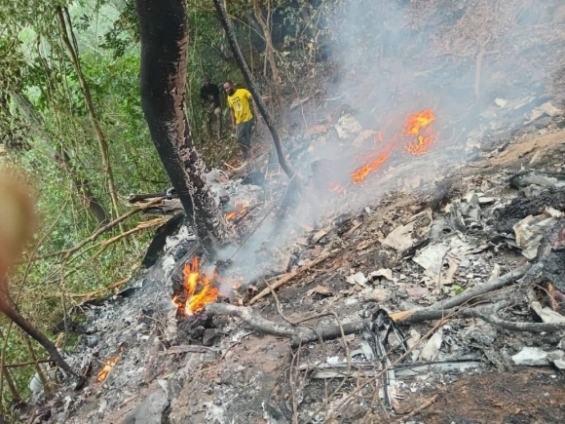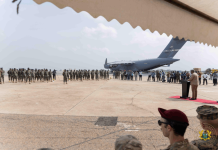The Aircraft Accident and Incident Investigation and Prevention Bureau (AIB Ghana) has determined that a sudden and powerful downdraft was the cause of the catastrophic helicopter crash that claimed the lives of eight people in Ghana.
The final finding closes the critical technical chapter on the tragedy, focusing on the volatile environmental forces at play over high terrain.
The technical cause was confirmed by Captain Paul Forjoe, an Investigator and Retired Pilot with the AAIBG, at a briefing today, Tuesday, November 11, at the Jubilee House.
The investigation’s conclusion highlights the lethal interaction between rapidly changing weather patterns and the aircraft’s stability, particularly over elevated geographical areas.
“The investigation determined that the accident was caused by the sudden loss of altitude and lift due to downdraft,” stated Captain Paul Forjoe.
Downdraft, a strong current of air moving vertically downward, can rapidly overpower a helicopter’s rotors, drastically reducing the effective lift being generated. The report clarified that this sudden aerodynamic failure occurred without any corresponding pilot error or mechanical failure:
“This loss of altitude without change in power or pitch attitude is consistent with downdraft associated with changing environmental conditions over high terrain,” Captain Paul Forjoe explained.
This scenario indicates that even with the pilot maintaining the correct power and control inputs (pitch attitude), the strong downward air current effectively pushed the helicopter out of the sky, leading to the fatal impact.
The release of the technical finding confirms that the focus of the tragedy shifted from mechanical failure or human error to the overwhelming impact of adverse weather phenomena.
The loss of the eight lives underscores the inherent risks associated with aviation over mountainous or highly variable terrain, particularly where weather can shift suddenly.
Source: Myjoyonline.com





